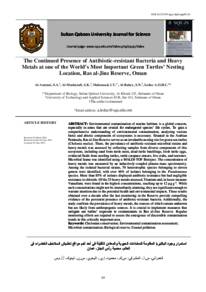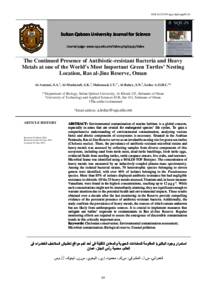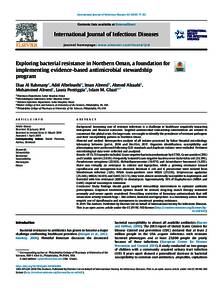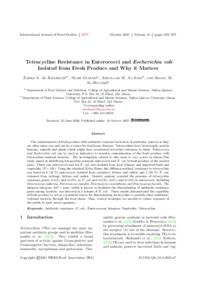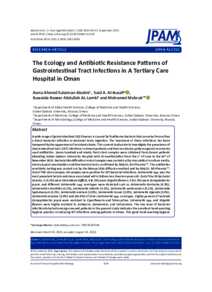Document
Survival and growth of antibiotic resistant bacteria in treated wastewater and water distribution system and their implication in human health : a review.
Identifier
DOI: 10.3823/758
Contributors
Publisher
iMedPub.
Gregorian
2014-07
Language
English
English abstract
Multiple antibiotic resistant bacteria (MARB) and antimicrobial drugs enter the environment via wastewater, especially from hospitals and pharmaceutical plants, and through agricultural runoff, leading to contamination of surface and groundwater. This is a serious problem in arid regions such as Oman where wastewater is recycled for irrigation and recharging aquifers. Treatment with chlorine does not completely remove bacteria from wastewater or prevent their re-growth in downstream distribution systems. MARB can infect humans via contaminated food and drinking water, or directly from the environment. Agricultural runoff and sewage, either treated or untreated, are also the main sources of MARB in coastal seawater. It is necessary to use antibiotics more prudently in medicine, treat wastewater more effectively, eliminate the discharge of untreated waste into the environment, and curtail the profligate use of antibiotics as growth promoters for livestock.
Member of
ISSN
2174-9094
Resource URL
Category
Journal articles


